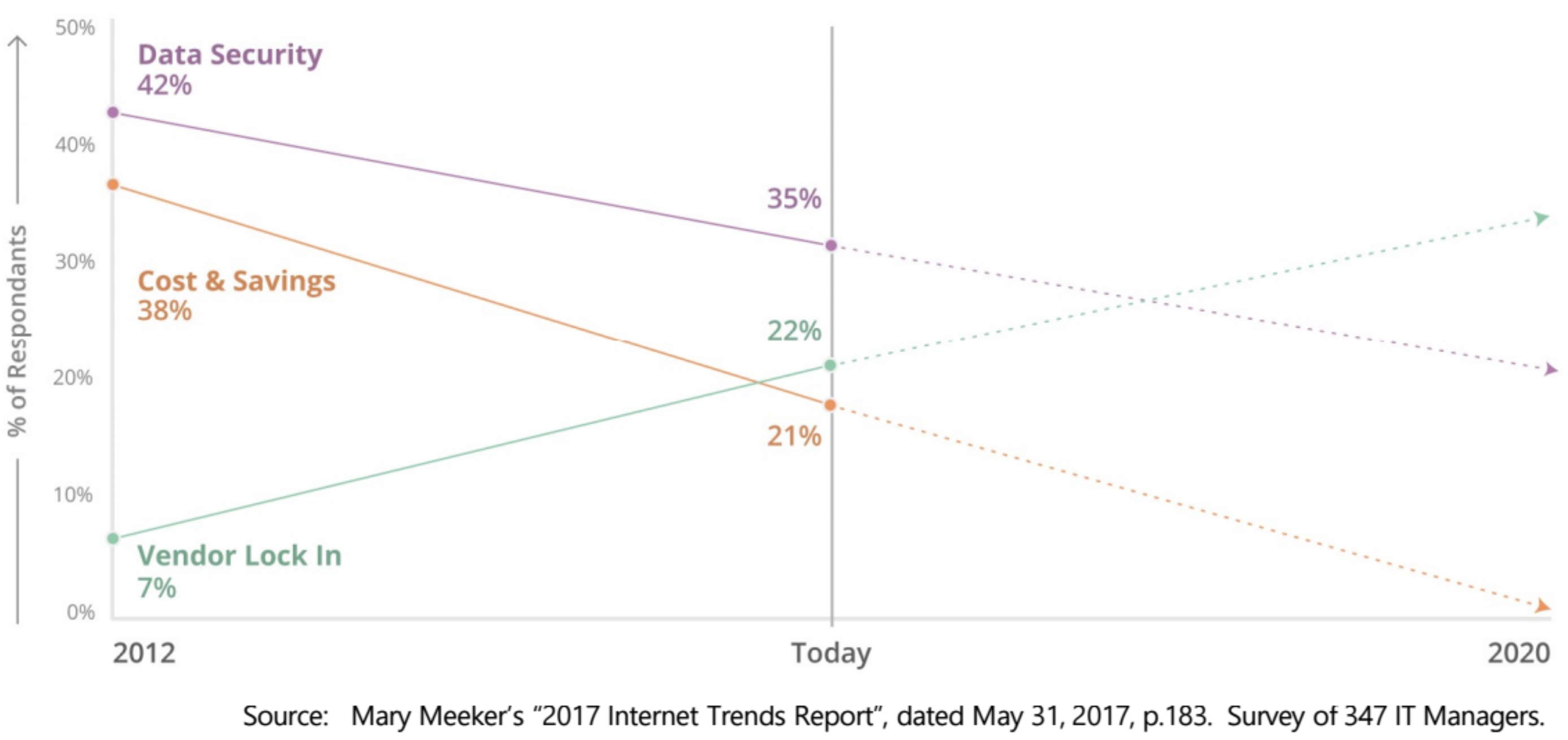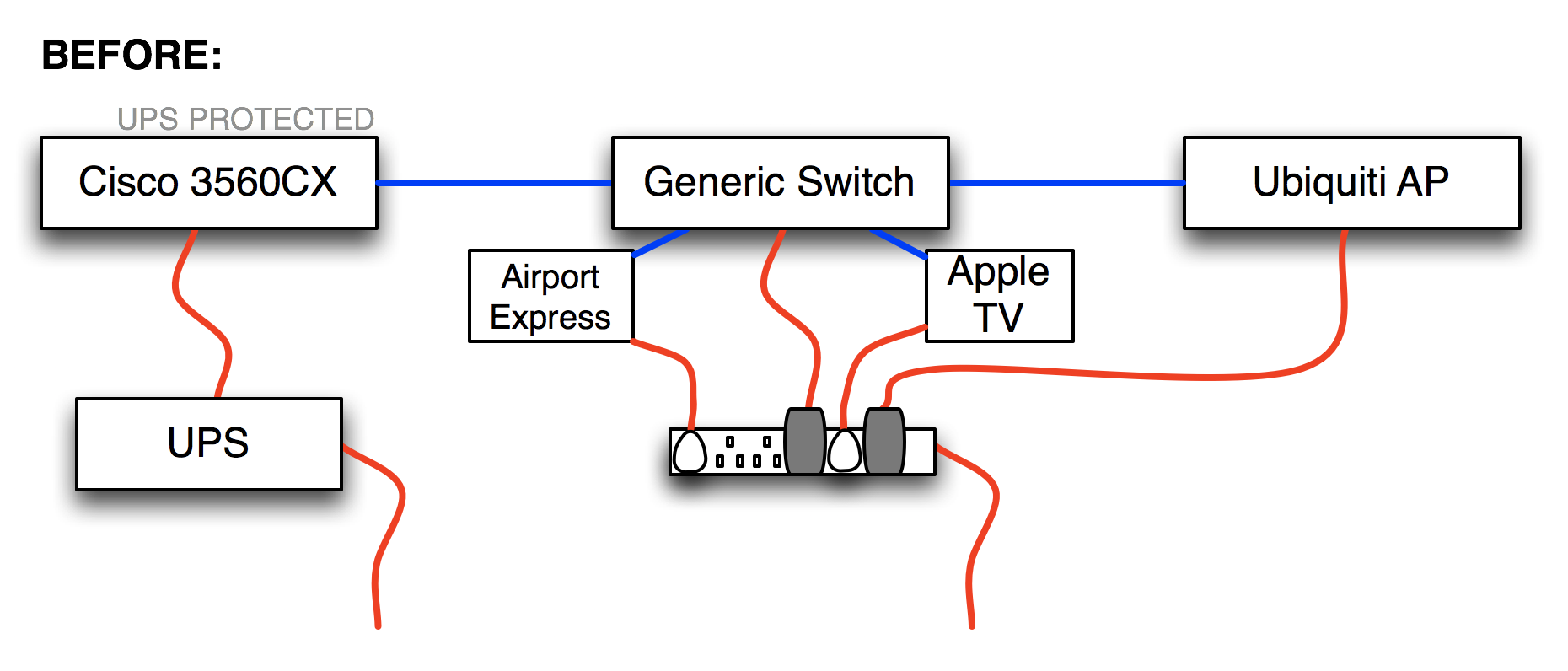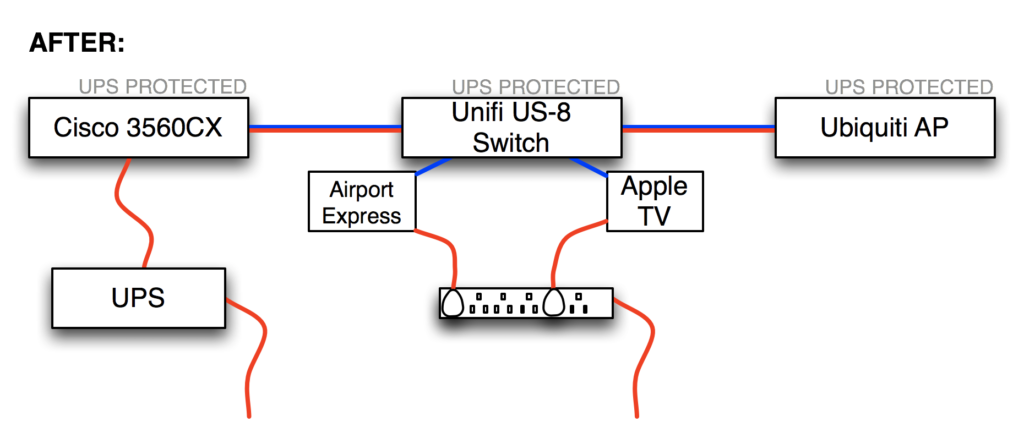0
14 Linux apps that will change how you work
Linux productivity toolsThe sheer number of Linux apps available today is mind boggling and one category in particular has exploded over the last few years: productivity tools. While there are a few well-known apps such as LibreOffice and NeoOffice (both forks of OpenOffice), there are many more tools that can make your work easier. Here are a variety of killer Linux office productivity apps you may not know about. (Note: many of them are also available for macOS and Windows, so if you have to hop between operating systems, you can keep at least a semblance of consistency.)To read this article in full, please click here


 HPE acquired the technology from Nimble Storage, which it bought for $1 billion earlier this year.
HPE acquired the technology from Nimble Storage, which it bought for $1 billion earlier this year.

